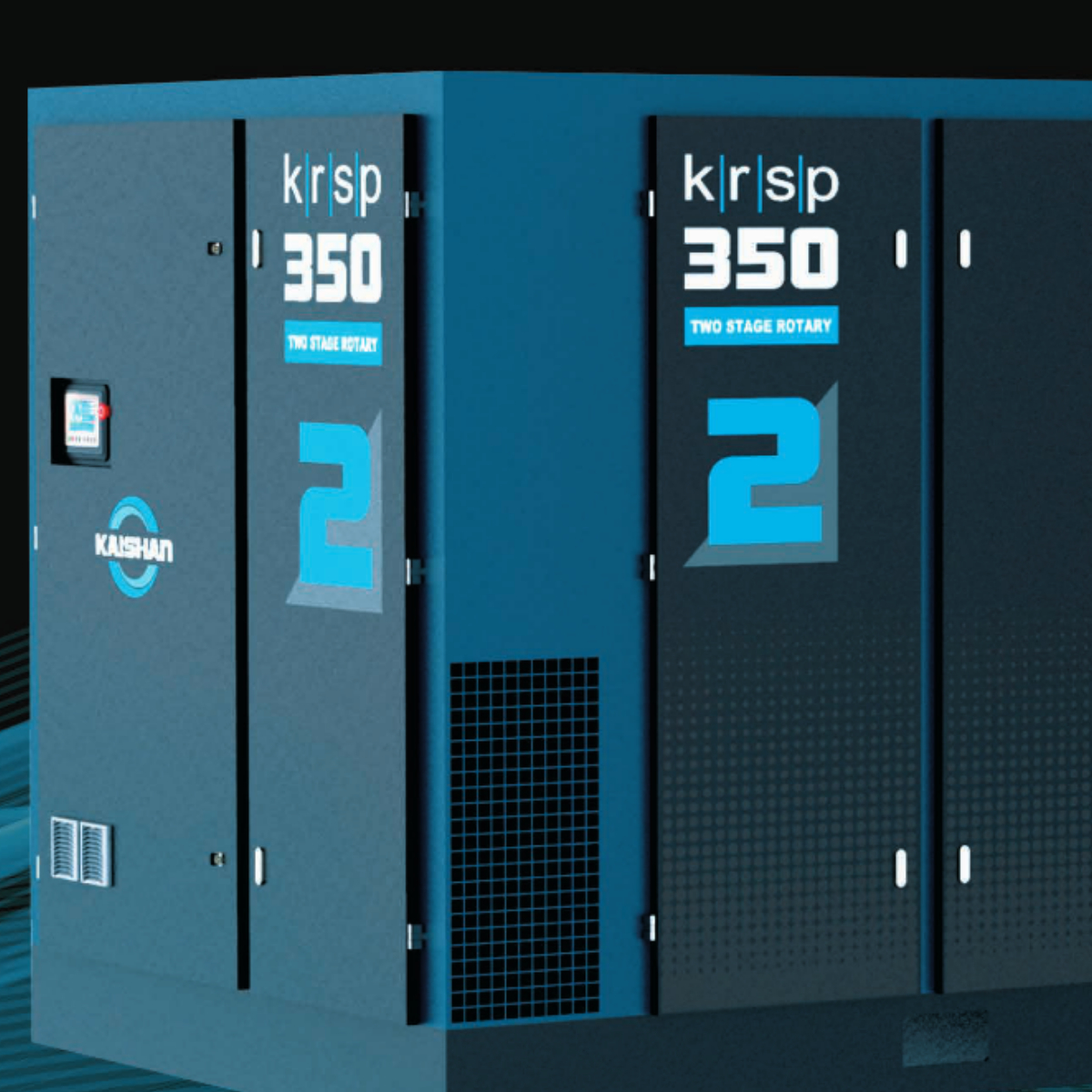
Air compressor leaks not only waste energy and hurt performance, they can be a real pain to find and fix. The Department of Energy estimates that compressed air systems often lose 20 - 30% of the compressor’s output due to leaks. These leaks cause a whole host of problems, including the high cost of paying for that wasted energy. By recognizing why leaks are important to fix, learning how to find them, and then fixing them quickly, your facility can become more reliable and efficient, and you’ll see lower utility bills at the same time.
Related: Summer Air Compressor Maintenance
Why It Matters
Compressed air system leaks are more than just annoying, they hurt productivity and wear out equipment too. Wasting energy is expensive. Compressed air systems consume a lot of energy when they are operating normally. If even twenty percent of that air is leaking out, that is money leaking out of those pipes. Although this is the biggest impact that leaks have, and the easiest one to see, it is not the only reason air leaks matter.
Because air is leaking out of the system, the air compressor has to work harder to maintain pressure. Forcing the compressor to work hard for longer periods of time means it will most likely wear out sooner. Maintenance will also need to be performed on it sooner than expected to keep it running reliably.
If the system is not able to maintain the required pressures and flow rates to the end use equipment, productivity (and/or quality of product) can suffer. The reduction in capacity due to air leaks means the air compressor has to be oversized. A 100HP compressor that is losing 30% of its output to air leaks is really only putting out 70HP.
Where to Look
One of the hardest things about air compressor leaks is finding them. Large leaks are easy to find - and they’re noisy. Small leaks, on the other hand, can be a real pain and may require special equipment. Having a formal leak detection program is a good way of ensuring most leaks will be identified. Using something like an ultrasonic leak detector can help you spot leaks that are too small to find easily. An ultrasonic leak detector is basically like a set of really good ears that can hear a small, high-pitched noise. These devices often have indicators on them so you know when you are getting close to the leak.
Devices like ultrasonic leak detectors are great and have become cheaper in recent years, but they are still no match for good old-fashioned bubbles. Soapy water is your best friend when it comes to leak detection. Lathering your compressed air system in a soapy water mix and then turning the system on will quickly identify problem areas for you. When the air pushes through the soapy water, it makes bubbles. The more bubbles, the bigger the leak. If you see a lot of bubbles, you know where you need to start. Here are some other common areas where leaks occur:
- Pipe joints
- Connection points
- Control and shut-off valves
- Condensate traps
- Threaded connections
- Couplings
- Filters and regulators
How to Fix It
Depending on the size and type of leak, the methods used to fix it may differ. Prioritize leaks by size and fix the biggest ones first. However, if you come across a leak that needs a quick fix, take care of it quickly. For example, threaded connections can often be fixed with just a quick tightening up. More will have to be done later, but this is a quick and easy method to start with. Some connections will have O-rings or other seals in place. If these seals are worn out, damaged, or feel old, replace them. As you are inspecting your system, check that any fasteners you come across are properly tightened. While this is not typically a huge source of leaks, if fasteners are loose throughout the entire system, they can add up to a big problem.
Remember, you get what you pay for. This is certainly true when it comes to compressed air fittings, tubes, and hoses. Cheap parts just aren’t as reliable as their quality counterparts. If you have a leaking part, see if there is enough room in the budget to replace it with one of higher quality. Upgrading these parts keeps the maintenance workload down in the future and allows you to focus on more important tasks.
Although fixing problems is a good thing, it’s even better to keep them from happening in the first place. Work on developing a preventative maintenance schedule that includes a leak detection program. Keep records of your program so that you can see how problems change over time, as well as how repairs perform. When working on your preventative maintenance plan or air compressor leaks at your facility, reach out to the experts at Tate for help. Our trained professionals can get you up and running so you can focus on what matters most. And don’t forget about our air compressor maintenance checklist - it could be just what you need to keep yours in top form.
